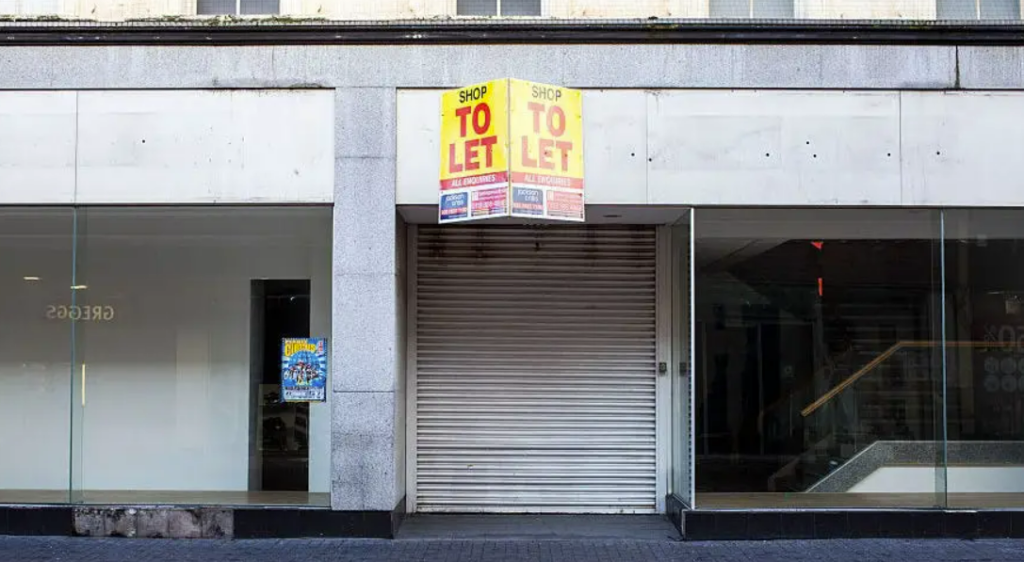The UK vacancy rate fell for a third quarter in a row during Q2 2022 with all locations seeing some improvement.
According to the latest BRC-LDC Vacancy Monitor, the overall GB vacancy rate decreased to 14%, which was 0.1 percentage points better than Q1 and 0.5 percentage points better than the same period last year.
Shopping Centre vacancies fell to 18.9%, down from 19.0% in Q1 2022, while High Street vacancies decreased to 14%, which was an improvement on 14.1% in Q1.
Retail Park vacancies decreased to 10.2% in Q2, a 0.4 percentage point improvement from Q1 2022. Also, it remains the retail location with by far the lowest vacancy rate.
Geographically, London, South East and East of England had the lowest vacancy rates. The highest rates were in the North East, followed by Wales and Scotland.
Helen Dickinson OBE, Chief Executive of the British Retail Consortium, said: “Vacancy rates continued to travel in the right direction, with the third consecutive quarter of improvement, though rates remain almost two percentage points above pre-pandemic levels. There remains a significant North-South divide, with the North of England, along with Scotland and Wales, having a higher proportion of empty shops, though this gap is narrowing, with greater improvement being seen in Northern England. Shopping centres continue to lag behind high streets and retail parks; a situation exacerbated by the bigger challenges associated with redeveloping shopping centre units. This has led to a rise to over nine percent in empty shopping centre units which has been closed for two or more years.
“Vacancy rates tend to lag behind other metrics in responding to economic changes, meaning that the vacancy rate is likely to improve further – slowly returning towards pre-pandemic levels. However, Government policy also has a big impact on the viability of shops. A 2021 BRC survey showed that unless the burden of business rates is brought down, more than 80% of retailers said they were ‘likely’ or ‘certain’ to have to close shops. The recent consultation on the design of the Transitional Relief scheme – a flawed system within business rates that could cost retailers over £1 billion in three years – is an opportunity for the next Prime Minister to make meaningful change for retail locations and the local communities they support.”
Lucy Stainton, Commercial Director, Local Data Company, said: “Vacancy rates have continued to decrease for the 3rd quarter in a row, pointing to a more sustained recovery post covid which is certainly encouraging. Operators, both chains and independents, have been acquiring space especially on high streets and in shopping centres which again is encouraging given these location types were particularly impacted by the pandemic.
“That being said, there are a number of economic headwinds facing retailers and consumers alike, including the cost of living increases as well as issues across supply chains. This may mean we see a slow down in new store acquisitions as operators consider what this might mean for their investment strategy. In parallel to this however, we will continue to see increased redevelopment activity across the market, with redundant retail space being reviewed for other uses. The net impact of both of these phenomenon’s will be the deciding factor in terms of what happens to vacancy rates across GB moving forwards.”















